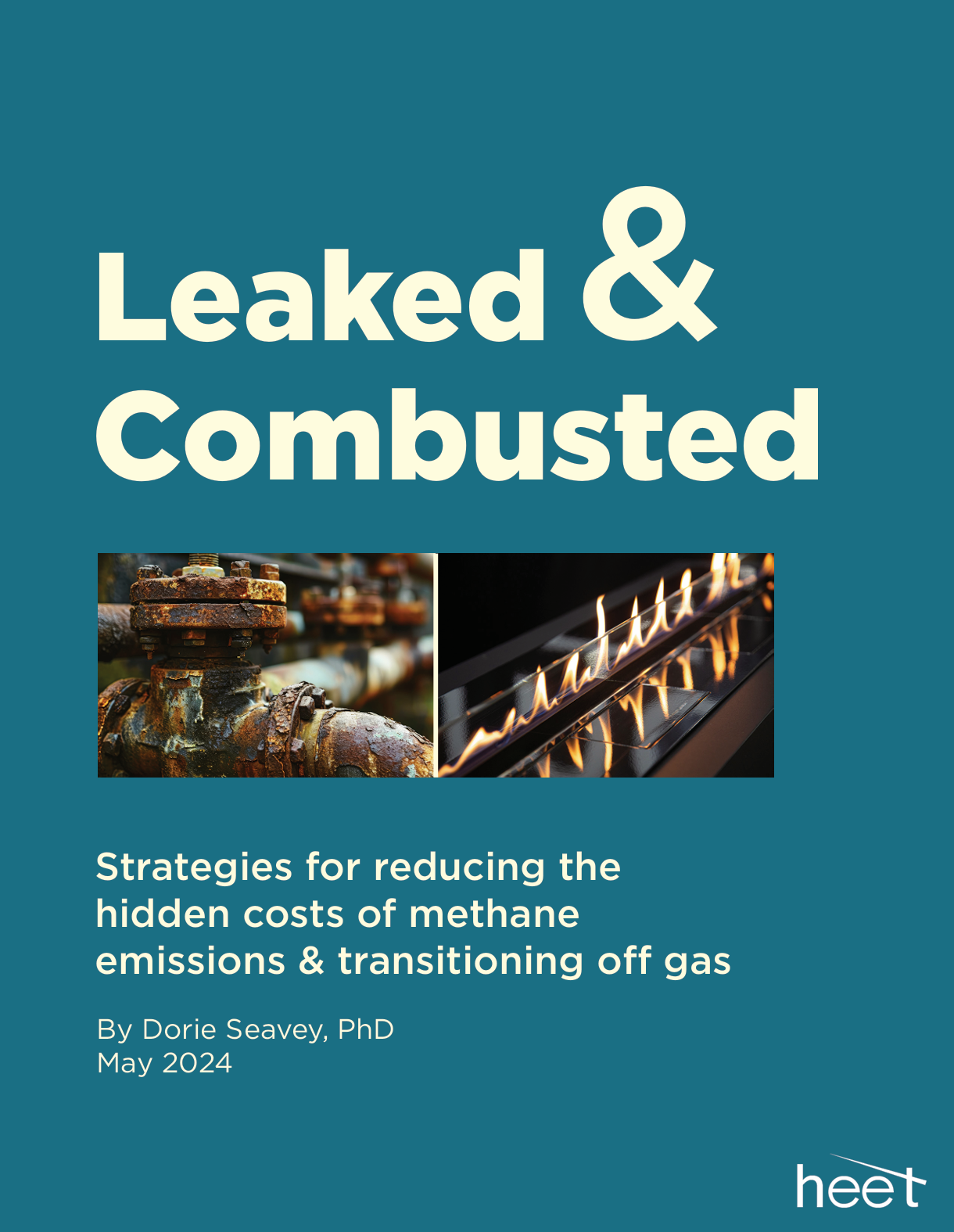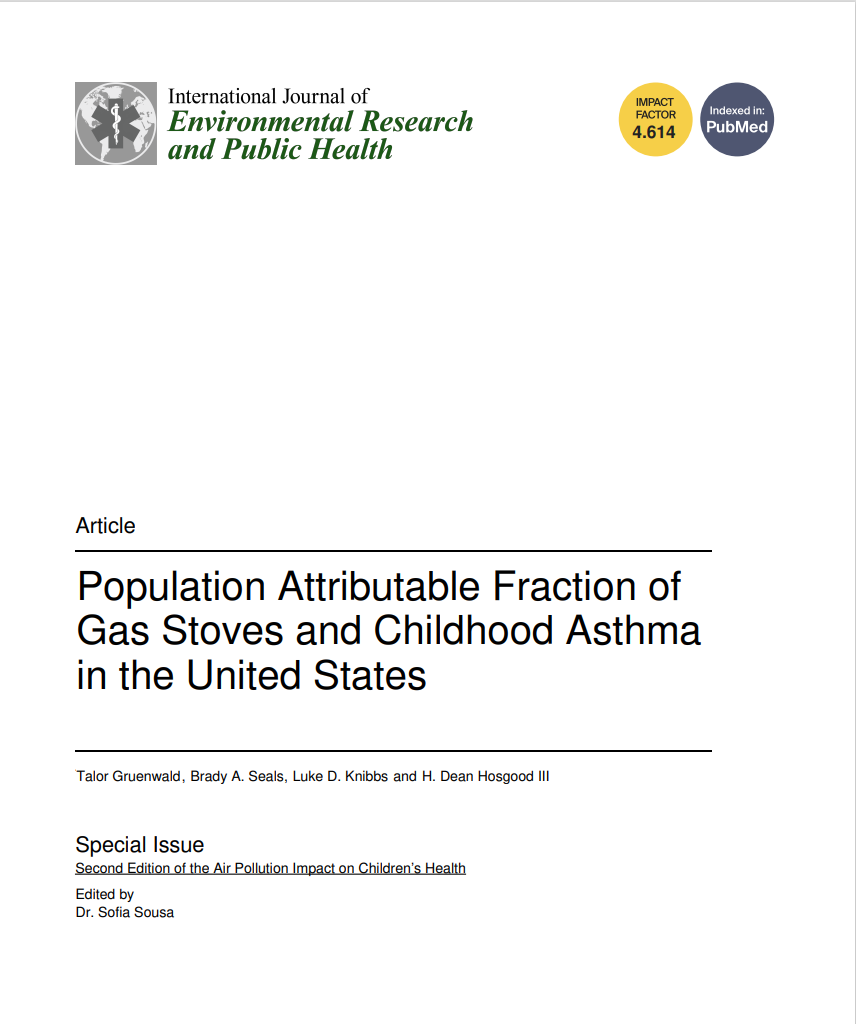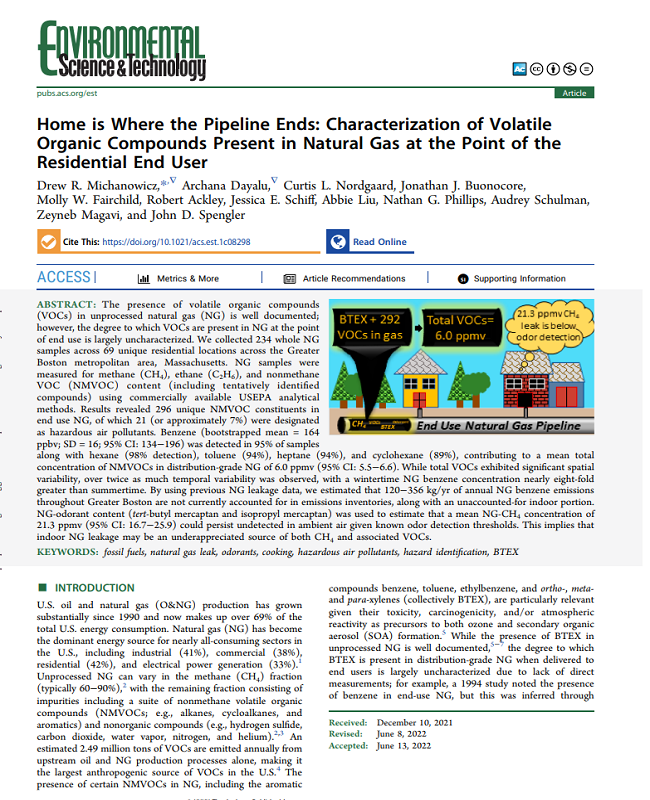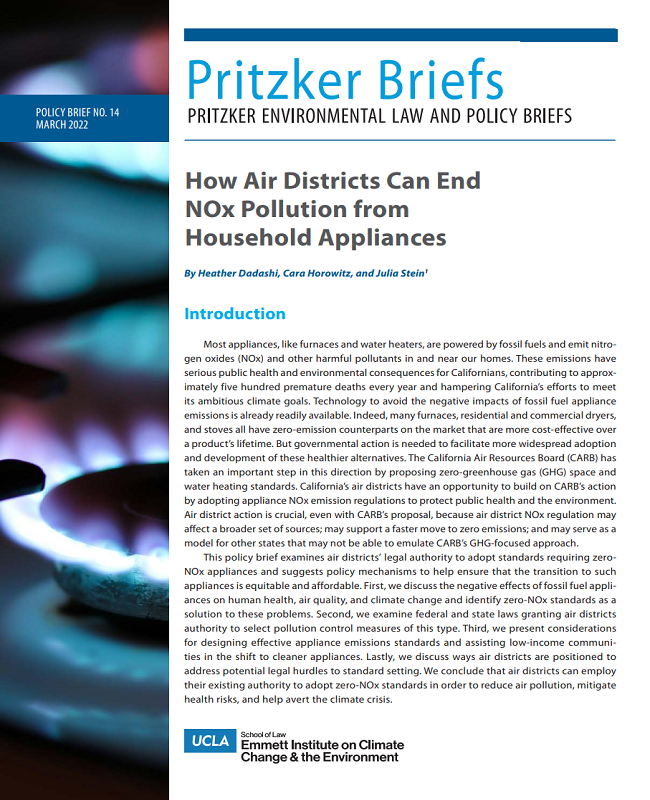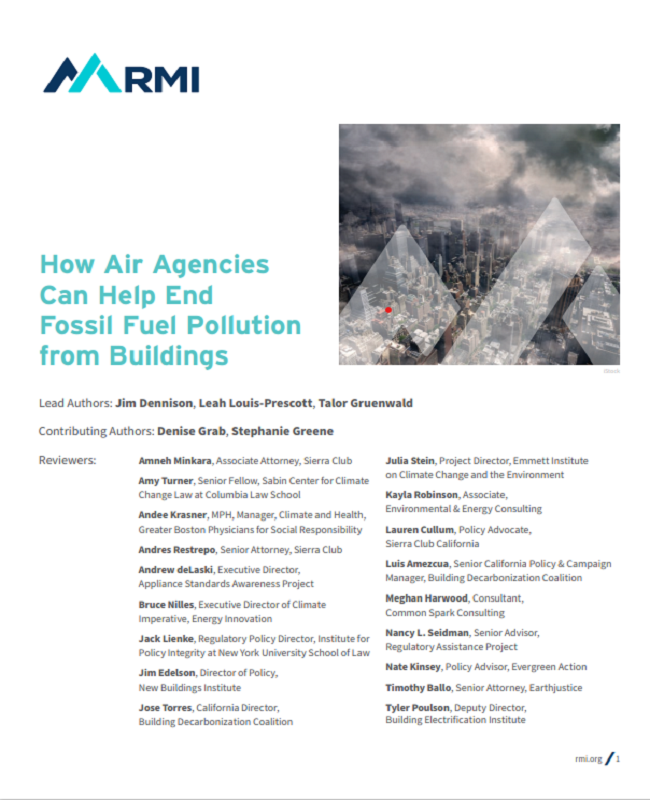Filter Selections:
Leaked & Combusted: Strategies for reducing the hidden costs of methane emissions & transitioning off gas
Focusing on the downstream portion of the gas supply chain—the part servicing residential and commercial consumers—this report presents a comprehensive analysis of the challenges and opportunities for reducing gas-related emissions.
Cooking with Smoke: How the Gas Industry Used Tobacco Tactics to Cover Up Harms from Gas Stoves
\A new publication from the Public Health Law Center shines a light on the troubling parallels between the gas and commercial tobacco industries, including their pollutants and deceptive practices.
How National Appliance and Equipment Energy Conservation Standards Can Improve Public Health and Advance Justice40 Initiative Goals
Gain insight into the critical role of national appliance standards in improving public health and discover how to measure their impact against Justice40 goals. Find actionable recommendations for maximizing their benefits for a healthier, greener, and fairer future.
Population Attributable Fraction of Gas Stoves and Childhood Asthma in the United States
Research paper led by RMI that attempts to quantify the impacts of gas stove use on childhood asthma prevalence.
Home is Where the Pipeline Ends: Characterization of Volatile Organic Compounds Present in Natural Gas at the Point of the Residential End User
Researchers studied the harmful chemicals and pollutants found in natural gas in residential locations across the Greater Boston Metropolitan area, Massachusetts.
How Air Districts Can End NOx Pollution from Household Appliances
This policy brief examines air districts' legal authority to adopt standards requiring zero-NOx appliances and suggests policy mechanisms to help ensure that the transition to such appliances is equitable and affordable.
How Air Agencies Can Help End Fossil Fuel Pollution from Buildings
This Insight Brief recommends that air agencies address appliance pollution and help guide an equitable transition to a pollution-free buildings future. These agencies have authority to set zero-emissions standards for new appliances, which can be designed equitably and in coordination with other decision makers’ building electrification efforts. This can help catalyze the policies and investments needed for an inclusive, affordable transition away from fossil fuels in our homes and buildings toward an all-electric future.

